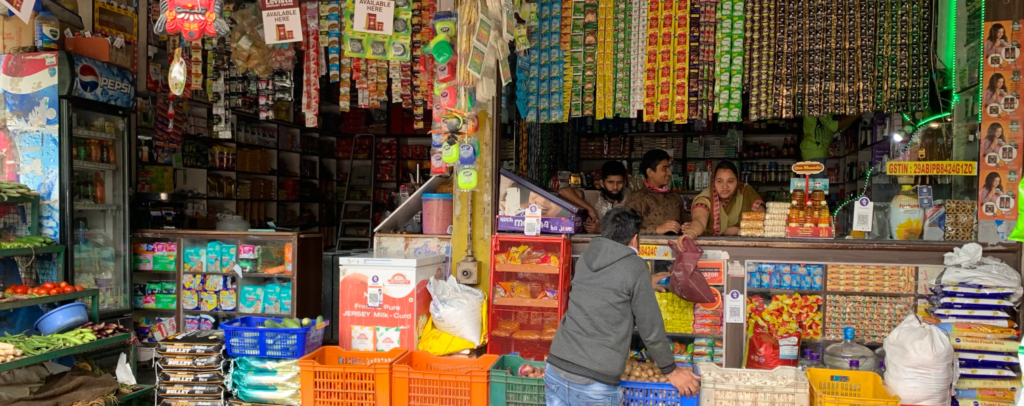Future of Indian Family-Kirana Stores
Today we are discussing the future of family-owned Indian Kirana on the background of the changing taste of consumers, cutthroat competition raised from the Big Players Like, D-Mart & and Jio mart and the use of technology in their digital presence.
With more than 1.3 crore shops all over India, most of the trade of which comes under the category of unorganized sector, having a business of around 1 lac crores, contributing hugely to the total GDP of India. Surprised to get these statistics? Yes, dear friends, these are the statistics of Indian family-owned Kirana stores.
With more than 330 outlets, the revenue of D-mart in FY 2022 was 30,353 crores which went to be 41800 crores in FY 2023. The revenue of Jio-mart was 69267 crores in 2023. Is this volume and speed of growth not terrifying, if we compare it to the family Kirana stores whose average turnover is in lacs of Rupees, depending on its location like village, taluka or city?
Having noticed the terrifying figures of these Giants, let us understand what are the key strengths of family-run Kirana stores. These small Kirana stores have

These small Kirana stores have many strengths to their credit. The location of these shops plays an important role, as it is located just near you, just the corner shop. You need not take your car/2 a wheeler, look for the parking lot, it is just located near you. Even Big Players has limitations in mapping rural and small towns considering the social & and economic diversity of Bharat, small Kirana owners have certainly the advantage to prosper. The cost of Operation is just 3 -4% of total turnover and the space of just 100-200 square feet can manage up to 600-800 items is one more advantage.
These Kirana shop owners know every customer by their names and family history. Though this point does not seem to be cognizable, however Indian buyer goes with the sentiments, he feels proud to be known by the shop owner and feels overwhelmed when the shop owner inquires about his family matters. These shop owner gives the buyer a personal touch which is missing in the case of supermarket. Secondly, Indian consumer loves to buy things on credit, so these shops extend the credit facility to regular & and known consumers, which again is advantageous.
Having said the strengths of the business, Indian Family Kirana has a few challenges. Only time can tell how well this trade can come out of it. Change in consumer behaviour is one of the important issues. Supermarkets are flooded with the buyer on account of customer experience. The giants are attracting consumers by giving good discounts and at the same time shopping experience, which is not possible in the traditional shops.
The big challenge in the family-owned Kirana shop is the willingness of the new generation. Today’s generation is more into jobs & prefers to live in big cities and enjoy the lifestyle. They are much educated, and tech-savvy with the developed mindset of doing something else but not the family business.

One more challenge family-run Kirana business may face is of adoption of technology. Many have started taking lists on WhatsApp, delivering goods to their doorstep nd accepting payment through UPI, but certainly, there is a long way to go to make their digital presence, which is a need of the time.
The biggest hope for small Kirana shops not only to survive but to thrive is the government has also realized the power of these shops and the government is coming up with an Open network Digital Platform that will enable these Kirana owners to fight with big players with their digital presence. A few years back, Unified Payment Interface(UPI) brought a revolution in customer habits, It is said that ONDC is supposed to do the same in retail.
Having said all these, I think the Future of Family Kirana will mainly depend on their ability to adopt the changing dynamics of the market, embrace the technology, bring the next generation into their business and deal with the change in consumer needs while maintaining the uniqueness of personal touch which has defined them historically. Those who successfully navigate these challenges will certainly thrive in the Indian Retail Space.
JCI Sen Kumar Zilpelwar
JCI Designer, Iconic Trainer
Pic Credit: Internet